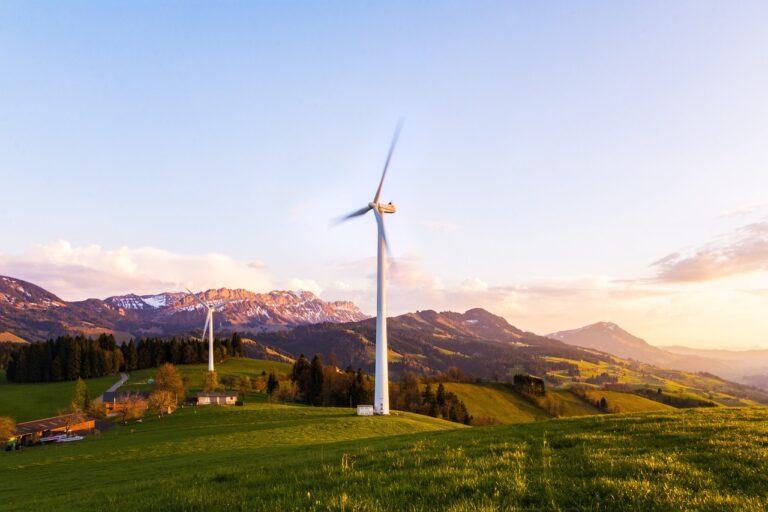The issue of clean energy is increasingly relevant and it is now an essential necessity in order to save the planet. But what are the cleanest energy sources available on Earth?
To produce energy, materials such as coal, oil and gas, namely fossil fuels, are exploited through processes that generate toxic and highly polluting waste for the environment. Added to this is the fact that these energy sources are not inexhaustible and therefore, they will tend to become extinct and will no longer be able to provide for man’s survival needs.
Precisely for this reason, sensitivity towards the energy-environmental issue has grown over the years and a real debate has taken place on alternative or renewable energies, capable of providing clean energy.
But what is meant by clean energy and what are the main forms of renewable energy?
Table of Contents
Clean energy sources: what they are
Renewable energies are sources of alternative energy to fossil sources and they do not pollute the environment with harmful emissions.
Solar power
Solar energy is that form of clean and renewable energy produced by the exploitation of sunlight or by the rays that the sun radiates towards the Earth.
The solar energy that reaches the earth’s surface is 10,000 times more powerful than all the energy used by man and is used effectively for the production of heat and electricity thanks to photovoltaic panels. These are divided into three different types:
- solar panel;
- concentrated solar panel;
- photovoltaic panel.
Hydroelectric energy
Hydroelectric energy exploits the mechanical strength of water and is obtained from rivers and lakes thanks to dams and penstocks.
The potential energy of the water masses at high altitude is transformed, more precisely, into kinetic energy that produces electricity thanks to an alternator with turbine.
Hydroelectric energy is also produced by the exploitation of wave motion, therefore by the movements of water caused by tides and sea currents, in this case it is called tidal energy.
However, although it represents one of the main forms of alternative energy to fossil sources, hydroelectric energy can generate negative repercussions from a climate point of view.
Wind energy
Wind energy uses the kinetic force of the wind to produce electrical or mechanical energy.
Today, wind power represents the evolution of the windmill, whose blades, indirectly connected to a mill through a gear mechanism moving thanks to the force of the wind, allowed mechanical energy to be obtained.
In modern plants or wind turbines, the blades are no longer connected to a millstone but to a rotor and a shaft which transmits the kinetic energy to an electric generator at the base.
Wind power is one of the main sources of alternative energy available to man, subject to more and more developments that make it increasingly efficient and with a low environmental impact.
Geothermal energy
Geothermal energy uses the heat of the earth’s subsoil and of volcanic-forming areas for the production of clean and renewable energy. As you descend deeper from the earth’s crust, temperatures tend to rise, averaging 3 ° C per 100 meters.
By exploiting the heat of these areas, through the principle of geothermal energy, it is possible to recover energy by conveying the vapors from the subsoil to turbines used for the production of electricity and exploiting the water vapor for heating or other uses, including greenhouse crops.
Geothermal energy therefore exploits the geological forms of heat, including those coming from the depths of the earth in the vicinity of volcanic areas, where the subsoil temperature tends to be slightly above average.
What is the cleanest energy source among the renewable ones?
Among the main sources, the cleanest energy is that coming from sunlight or the force of the wind, defined respectively as solar energy and wind energy. Hydroelectric and geothermal energy coming from the Earth are also clean energies.
Today it is increasingly possible to exploit the energy produced by renewable sources also at home, to reduce the environmental impact of consumption and obtaining greater living comfort and significant savings in the bills.












